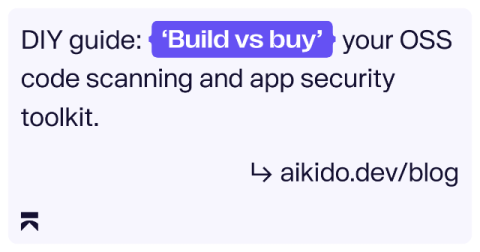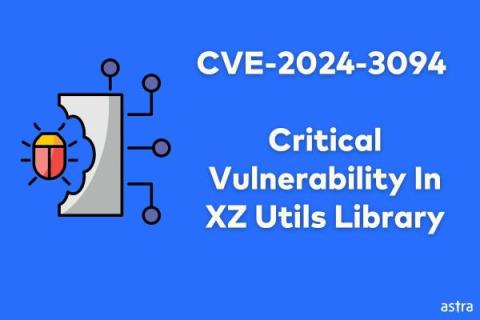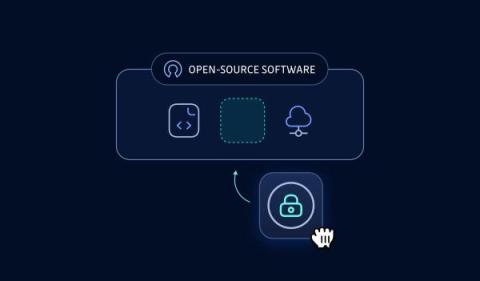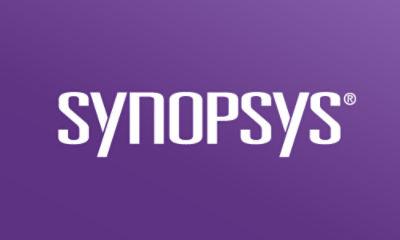How we differentiate ARMO Platform from Open Source Kubescape
In August 2021 we launched Kubescape with a mission to make Kubernetes security open source, simple, and available for everyone, even non-security engineers. Since then we have been working on adding new capabilities to Kubescape, while building a strong community around it. The acceptance of Kubescape by the CNCF, as a sandbox project, was an important milestone for ARMO’s open-source journey with Kubescape.











